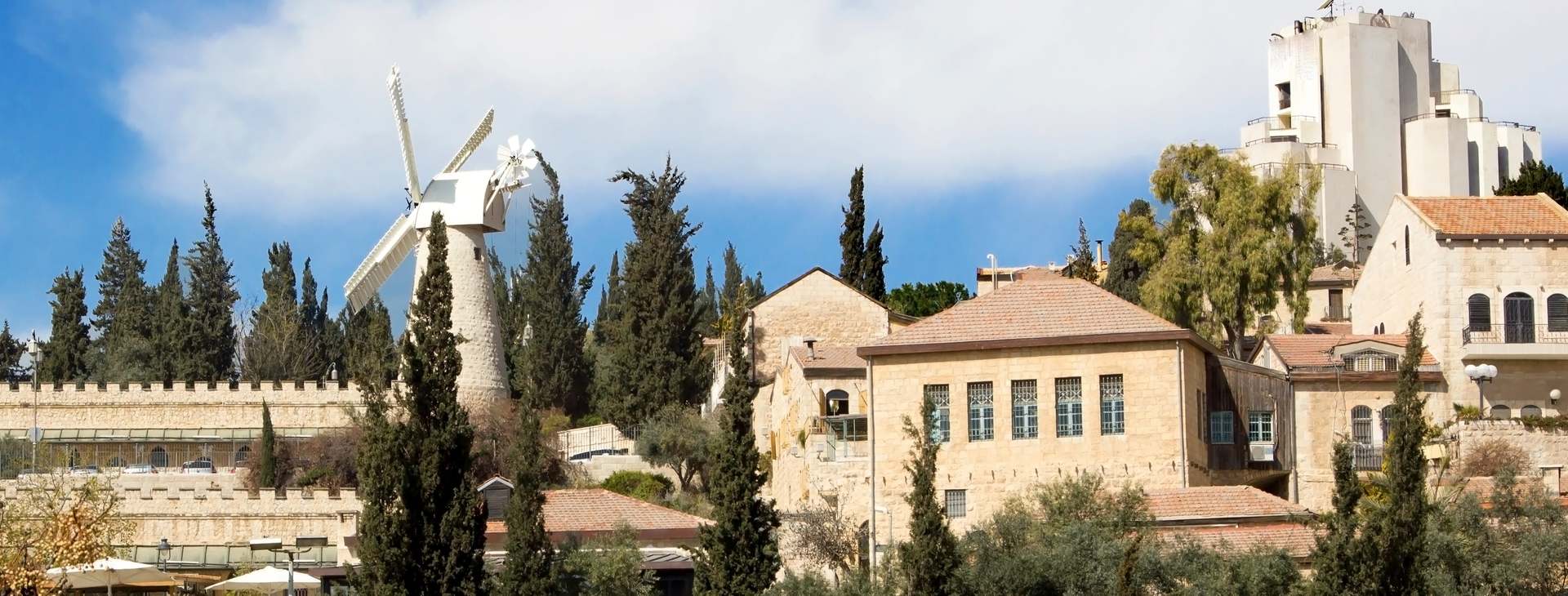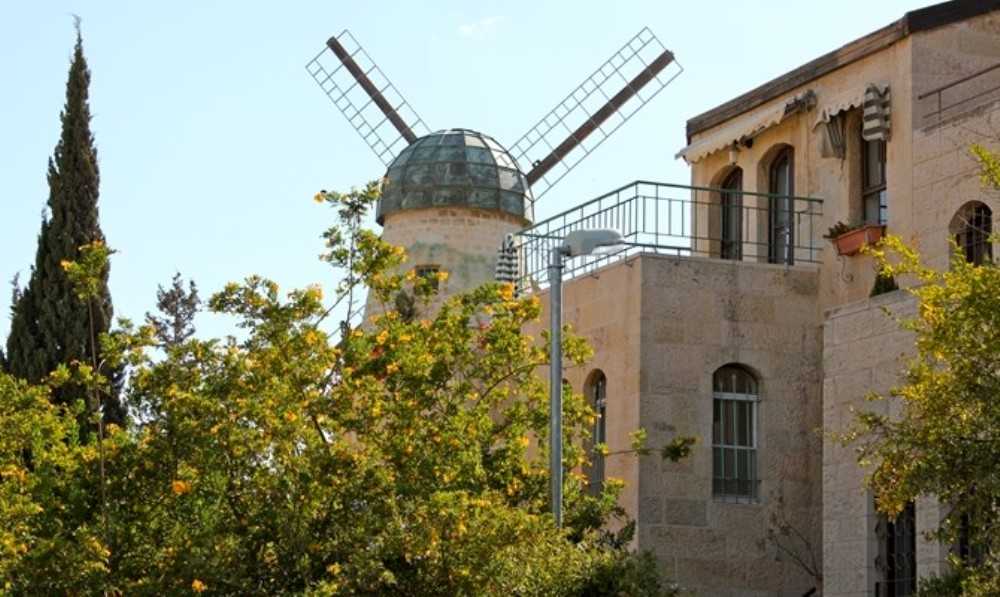The complex also has historical importance - the mill is a significant landmark for anyone who wants to learn about the transformation of ancient Jerusalem into new Jerusalem at the end of the 19th century and about the ambitious initiatives of Moshe Montefiore, one of the symbols of the old Jewish community in the Land of Israel.
About the history of the windmill
One of the first landmarks in Jerusalem outside the Old City walls is the Montefiore Windmill, named after the British Jewish philanthropist who funded its construction, Moshe Montefiore. The mill was built in 1857 whereas the Mishkenot Shananim neighborhood was built, about 12 years later.
The mill was designed to be a flour mill and was part of Montefiore's project to help the old settlement (Jewish society in Israel before the 20th century) to provide for itself. Montefiori, who was fully committed to promoting industry in the Holy Land, also built a printing house and a textile factory and was responsible for many other projects. The windmill went out of use as a flour mill in 1891, after the Jewish community began using steam-powered mills to grind the wheat.
However, its cultural importance did not diminish, and during Independence War in 1948, it was used by the Jewish fighters as an observation point. In response, the British authorities bombarded the windmill, an attack that bore the acronym: "Operation Don Quixote".











